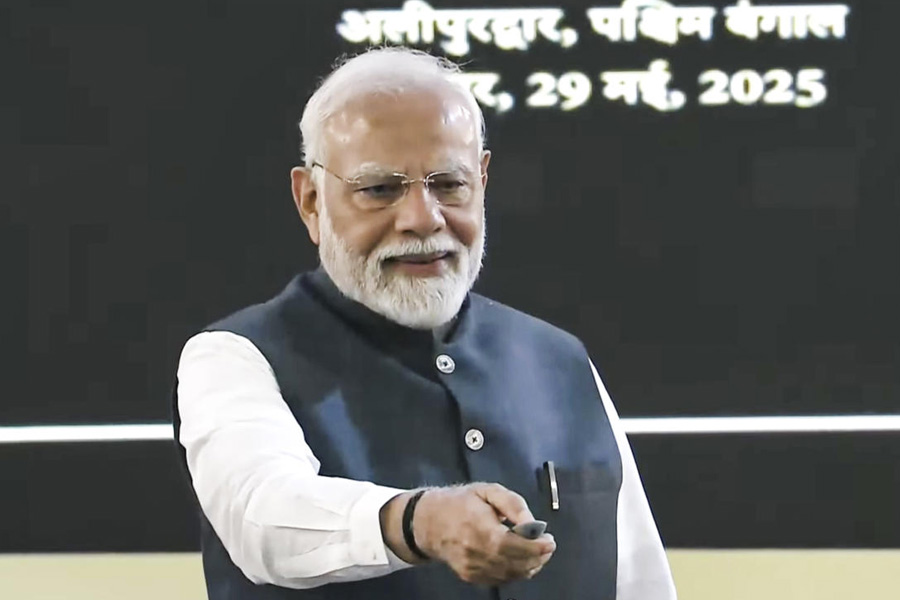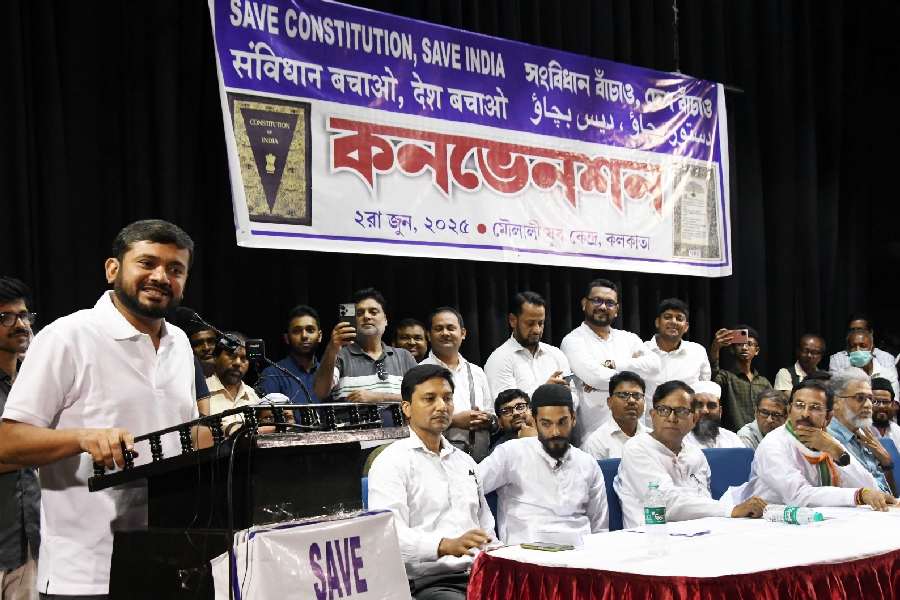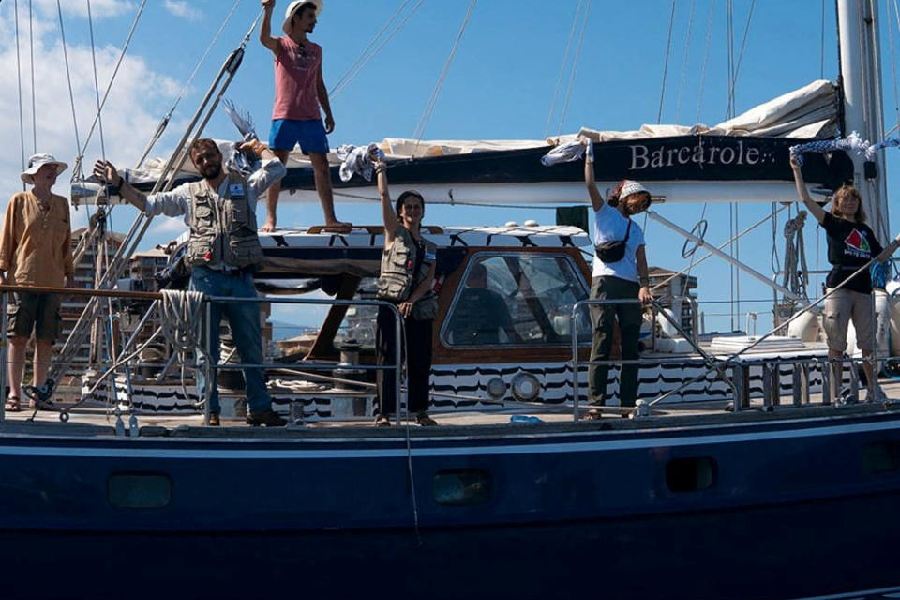.jpg)
June 27: Bengal's Baluchari sari has found a place in the We Wear Culture project by Google Art and Culture, launched earlier this month. It will share space with such fashion icons as Marilyn Monroe's sparkling red stilettos by Museo Salvatore Ferragamo and Coco Chanel's Black Dress that radically changed the way women dressed.
"In line with our global mission of organising the world's information and making it universally accessible, Google Arts & Culture brings over a thousand museums at your fingertips. It's a new, immersive way of exploring art, history and wonders of the world. Following projects that made art and art history accessible to people all over the world, We Wear Culture allows everyone to explore the world of fashion," said Simon Rein, India programme manager, Google Arts & Culture.
We Wear Culture showcases 3,000 years of fashion from across 42 countries in partnership with 183 world museums, fashion councils and universities. "The latest fashion exhibit is all about bringing to life the creativity, heritage and craftsmanship of global fashion - for anyone around the world to see, learn experience and cherish," Rein said.
The Baluchari sari in question belonged to Jnanadanandini Devi (1850-1941), wife of Satyendranath Tagore (1842-1923), elder brother of Rabindranath Tagore. Jnanadanandini Devi gifted it to her daughter-in-law Sangya Devi, wife of Surendranath Tagore (1872-1940). Sangya Devi, in turn, gifted it to her daughter Jayashree Sen (nee Tagore) at the time of her wedding in 1927. Jayashree married Kulaprasad Sen. The exhibit has been collected from the Chhatrapati Shivaji Maharaj Vastu Sangrahalaya in Mumbai.
One can get information about the Baluchari, a traditional silk or brocade sari which gets its name from the small village of Baluchar near Murshidabad where it originated, at the click of a mouse. The project includes interesting and little-known trivia such as the fact that "Baluchari weavers intentionally allowed a nazarbatu or a flaw in the colour or design, to ward off the evil eye".
But it isn't just the Baluchari that is getting all the attention. The Sari Project, an introduction to some of the finest Indian saris, weaves and draping techniques, by Border & Fall, is also part of the project as are other collections of Chhatrapati Shivaji Maharaj Vastu Sangrahalaya and Humsafar - The Companion, which lets you experience and learn about a variety of weaves from Gharchola to Patola to Temple to Ikat and traces the history of textiles from ancient times.

"The specific selection of objects and stories - whether saris, blouses or the history of cotton - were all decided by the partners based on the highlights of their museum collections or past research and exhibitions. Google Arts and Culture here is just a technology partner, supporting them in digitisation and providing a content hosting platform," Reiner said.
The Indian Museum is one of the partners of the project and, along with Worldview Impact Foundation, will showcase designs from northeast India.
"In the course of our regular engagement with museums we discovered a whole lot of content around clothes and textiles. When we started talking to the curators and experts about these exhibits, fashion and textiles, we realised that we don't just wear clothes, we wear culture. And so we began work on this. And we realised, nowadays we wear a varied mix of influences; grabbed from multiple sources, and put together. And as we do this, we aren't as aware of the history, meaning, craftsmanship, and original function - the cultural background - that surrounds the clothes we, or others, wear. We thought it could be fascinating to uncover the hidden stories of our clothes and to decode their cultural meaning," said Reiner, talking about the idea behind the project.
Over 40 venues offer backstage access on Google Street View.

.jpg)








